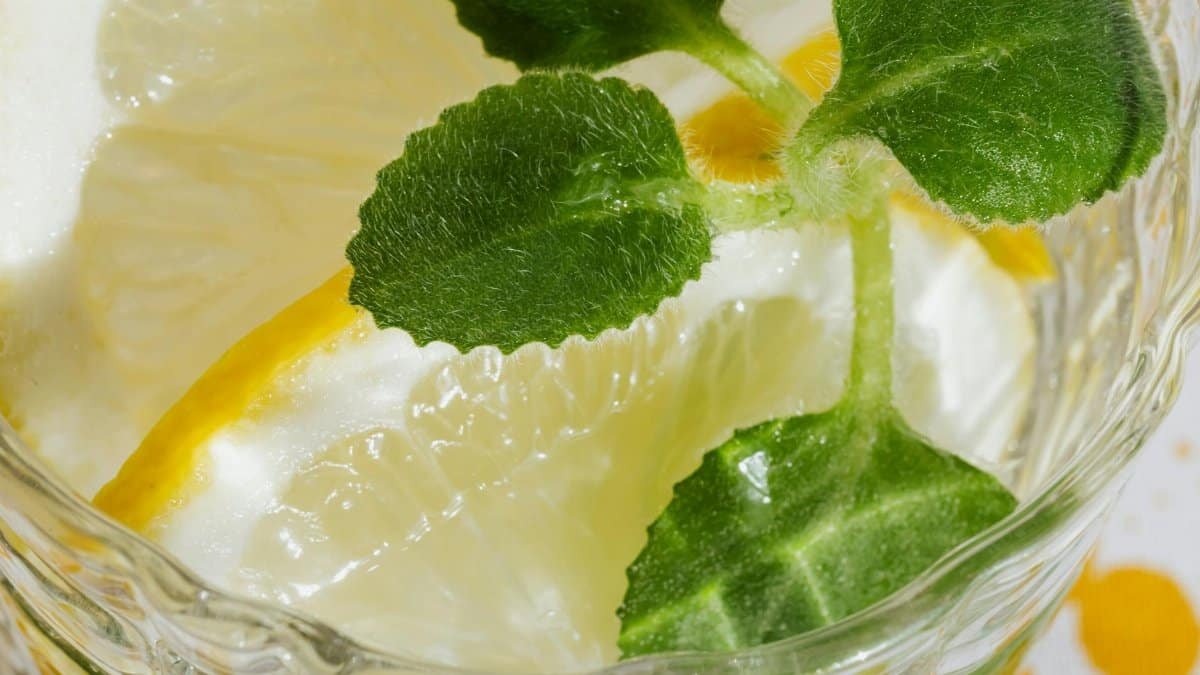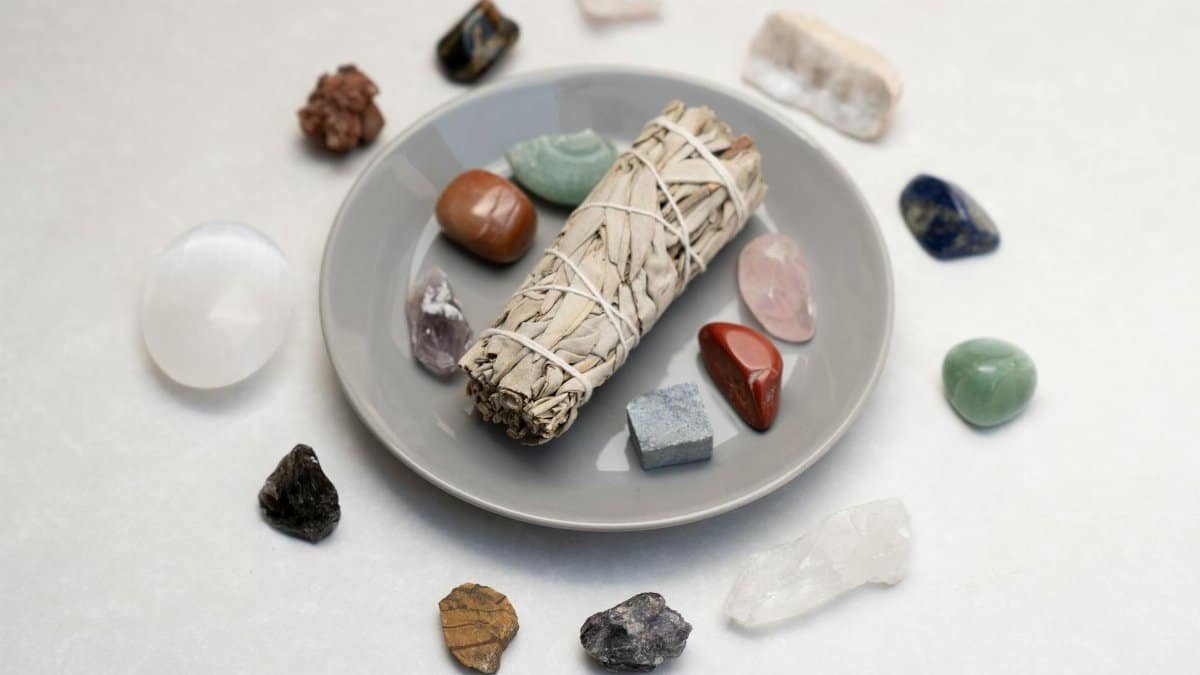Imagine a quiet forest clearing, where the air hums with the scent of earth and greenery, and a community healer carefully harvests a plant passed down through generations for its protective powers. This scene, rooted in tradition, is no longer just a relic of the past. Across the United States, a growing number of people are turning to indigenous herbs for immune support, seeking natural ways to bolster health in an era of synthetic solutions. These plants, long used by Native American, Hawaiian, and other indigenous cultures, are finding new relevance. From urban wellness shops to rural homesteads, the conversation around indigenous herbs immune is shifting—less about folklore, more about practical application. What’s driving this resurgence, and how can these forgotten remedies fit into modern lives? The answers lie in both history and science, waiting to be unpacked.
1. Rediscovering Roots: Why Now?

The timing couldn’t be more telling. With health concerns dominating public discourse in 2025, many Americans are reevaluating their reliance on over-the-counter fixes. A quiet frustration simmers—pills and potions often address symptoms, not root causes. Indigenous herbs, once sidelined as alternative, are stepping into the spotlight. They’re seen as a bridge between ancient wisdom and contemporary needs. A recent survey by Pew Research shows a 30% uptick in interest for herbal remedies over the last five years, with many citing a desire for holistic options ( Pew Research Center ). This isn’t just nostalgia. It’s a response to a system that often feels impersonal. People want agency over their wellness, and these herbs offer a tangible connection to nature’s pharmacy.
2. Echinacea: The Plains Powerhouse

Start with Echinacea, a spiky purple flower native to the Great Plains, long used by Native American tribes like the Lakota for colds and infections. Its reputation isn’t just anecdotal—modern studies back its immune-boosting potential. Research from the National Institutes of Health suggests Echinacea may reduce the duration of upper respiratory infections by stimulating white blood cell activity ( NIH National Center for Complementary and Integrative Health ). Today, it’s in teas, tinctures, and capsules at local pharmacies. But a word of caution: overharvesting has strained wild populations. Sustainable sourcing matters. One herbalist shared anonymously online, “It’s heartbreaking to see sacred plants stripped without care.” Respect for the land remains a core principle when engaging with these remedies.
3. Elderberry: A Sweet Shield

Elderberry, with its dark, tart berries, has deep roots in indigenous healing across North America. Cherokee healers used it to combat fevers and flu-like symptoms. Fast forward to now, and science is catching up. A 2019 study published in the Journal of Functional Foods found elderberry extract can inhibit influenza virus replication in early stages ( Journal of Functional Foods ). It’s no wonder elderberry syrups line grocery shelves each winter. Yet, raw berries can be toxic if not prepared correctly. This herb demands knowledge—something indigenous practitioners have honed over centuries. For modern users, it’s a reminder: power comes with responsibility.
4. Slippery Elm: Soothing from Within

Picture a towering tree in the eastern woodlands, its inner bark stripped carefully by Iroquois healers to create a soothing paste for sore throats. Slippery elm, with its mucilaginous texture, coats irritated tissues, offering relief while supporting immune response indirectly. Though clinical data is sparse, preliminary research from the University of Maryland Medical Center highlights its anti-inflammatory properties ( University of Maryland Medical Center ). Today, it’s often found in lozenges. But overharvesting threatens this species too. Sustainable practices aren’t just ethical—they’re essential for keeping these gifts available.
5. Yarrow: The Wound Healer

Yarrow, a feathery herb used by many tribes including the Navajo, was historically applied to wounds to stop bleeding and prevent infection. Its antiseptic qualities are now under scientific scrutiny, with early studies suggesting antimicrobial effects. Often brewed as a tea, it’s said to support immune function by reducing inflammation. Modern herbalists tout its versatility, but warn of allergic reactions in some. It’s a potent ally, yet not a one-size-fits-all. Learning its limits is as crucial as embracing its strengths.
6. Goldenseal: A Bitter Protector

Goldenseal, a bitter root cherished by the Cherokee, was once a staple for fighting infections. Its active compound, berberine, shows promise in lab studies for antimicrobial activity. But overharvesting has pushed it toward endangerment. Modern users must prioritize cultivated sources over wild-harvested ones. It’s a stark lesson in balance—taking from nature without giving back risks losing these treasures forever.
7. Nettle: Nutrient-Rich Defense

Stinging nettle, despite its prickly reputation, was a go-to for many indigenous groups for its high vitamin C content. A tea made from its leaves can bolster immunity through nutrition alone. Recent interest has spiked in urban wellness circles, with dried nettle selling out at farmers’ markets. It’s a humble plant with outsized impact, reminding us that defense often starts with the basics.
8. Sage: More Than Smudging

White sage, sacred to many Native American tribes, is often associated with spiritual cleansing. But its leaves, when steeped as tea, have antimicrobial properties that may aid immune health. Overharvesting for commercial smudging bundles has sparked controversy. Respectful use means understanding its dual role—physical and cultural—and sourcing ethically.
9. Boneset: Fever’s Foe

Boneset, used by Creek and Choctaw healers, earned its name from treating “breakbone fever” (dengue). Its bitter tea was believed to reduce fevers and support recovery. While modern research is limited, anecdotal evidence keeps it relevant in herbal circles. It’s a niche herb, but one with a fierce historical legacy worth exploring.
10. Mullein: Respiratory Relief

Mullein, with its soft, fuzzy leaves, was a respiratory remedy for tribes like the Hopi. Smoked or steeped, it eased coughs and congestion. Today, herbalists recommend it for seasonal ailments. Its gentle action appeals to those wary of harsher treatments, though evidence remains mostly traditional. Sometimes, comfort is its own kind of medicine.
11. Dandelion: The Underdog

Often dismissed as a weed, dandelion was valued by many indigenous cultures for liver support, indirectly aiding immunity. Its roots and leaves are packed with nutrients. Modern studies hint at anti-inflammatory benefits, making it a quiet contender in the herbal lineup. It’s everywhere—yet still overlooked by many.
12. Plantain: Nature’s Band-Aid

Plantain, not the fruit but the leafy herb, was a first-aid staple for indigenous healers. Applied to wounds or brewed for internal use, it fights infection. Its accessibility—growing in backyards—makes it a practical choice today. Nature’s simplicity often hides profound utility.
13. Willow Bark: Pain and Protection

Willow bark, used by many tribes for pain relief, contains salicin, a precursor to aspirin. It also supports immune response by reducing fever. Modern preparations are widely available, but dosage matters—too much can harm. Indigenous knowledge emphasized moderation, a lesson still relevant.
14. Burdock: Detox Defender

Burdock root, a blood purifier in indigenous practices, is thought to support immunity by cleansing the system. Its earthy taste isn’t for everyone, but juicing or teas make it palatable. Interest is growing, especially among detox enthusiasts. It’s a slow burn, not a quick fix.
15. Marshmallow Root: Gentle Guardian

Marshmallow root, used by eastern tribes, soothes mucous membranes, aiding respiratory health. Its calming effect supports the body during stress—a hidden immune booster. Found in teas and syrups, it’s a soft touch in a harsh world. Sometimes, gentle is strongest.
Bridging Past and Present

These fifteen herbs aren’t just relics. They’re living links to indigenous wisdom, offering modern immune support if approached with respect. Walk into a health store in 2025, and you’ll see them on shelves, often stripped of their cultural context. That’s the rub. Using these plants means honoring their origins—learning from Native voices, prioritizing sustainability, and avoiding exploitation. A woman at a recent wellness fair murmured to a friend, “It feels wrong to buy this sage without knowing its story.” Her unease captures a broader tension. Science may validate indigenous herbs immune, but ethics must guide their use. This isn’t a trend to ride—it’s a relationship to nurture.
Practical Steps Forward

So, how to begin? Start small. Research one herb, like Echinacea or elderberry, and source it from ethical suppliers. Consult healthcare providers—herbs interact with medications. Read up on indigenous perspectives; many tribes share resources online or through cultural centers. Grow what you can—nettle or plantain thrive in modest gardens. Above all, listen. These plants carry stories of resilience. Let’s not drown them out with haste. Their quiet strength, tied to the land and its first stewards, might just be the shield we need most.
